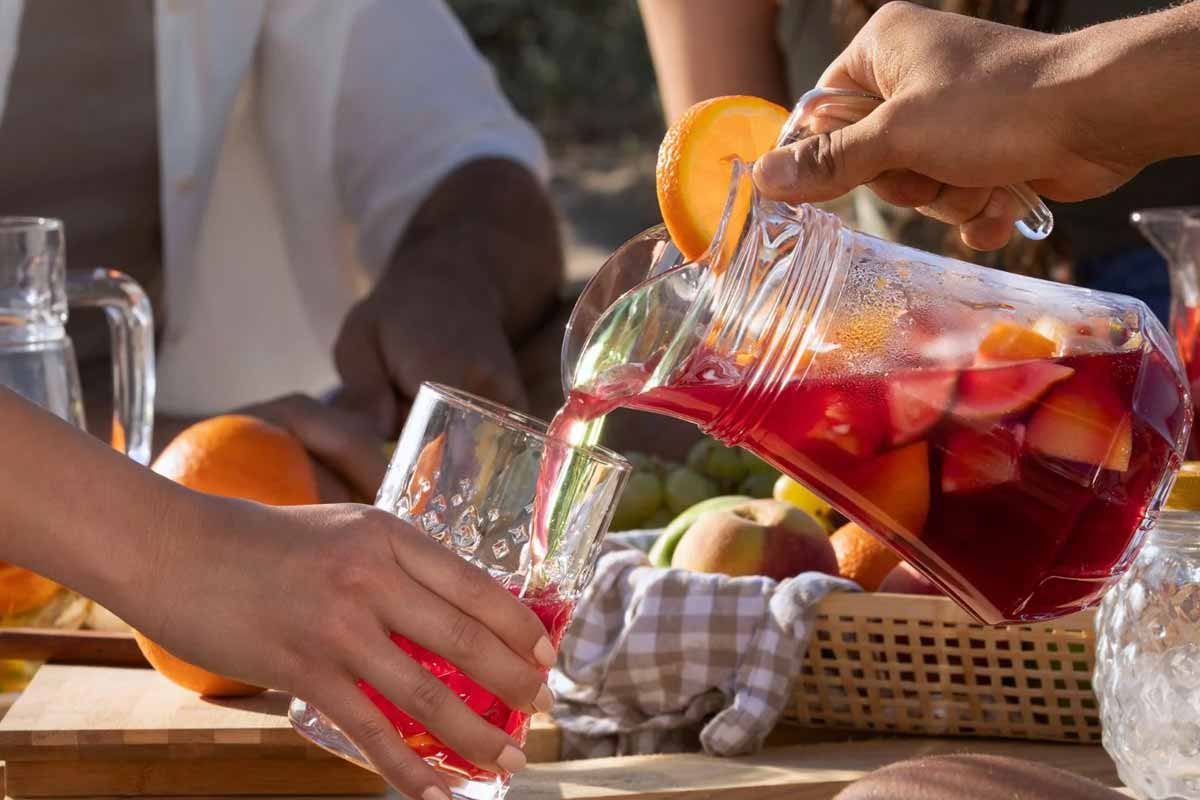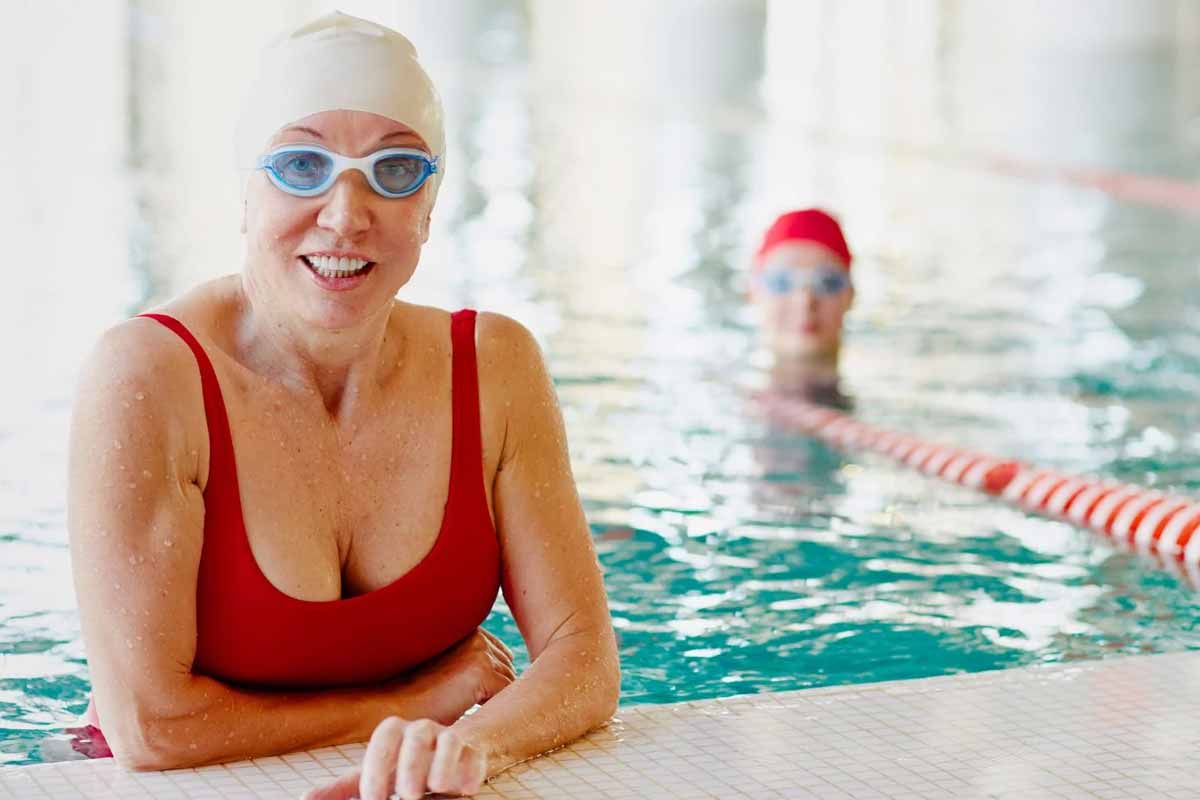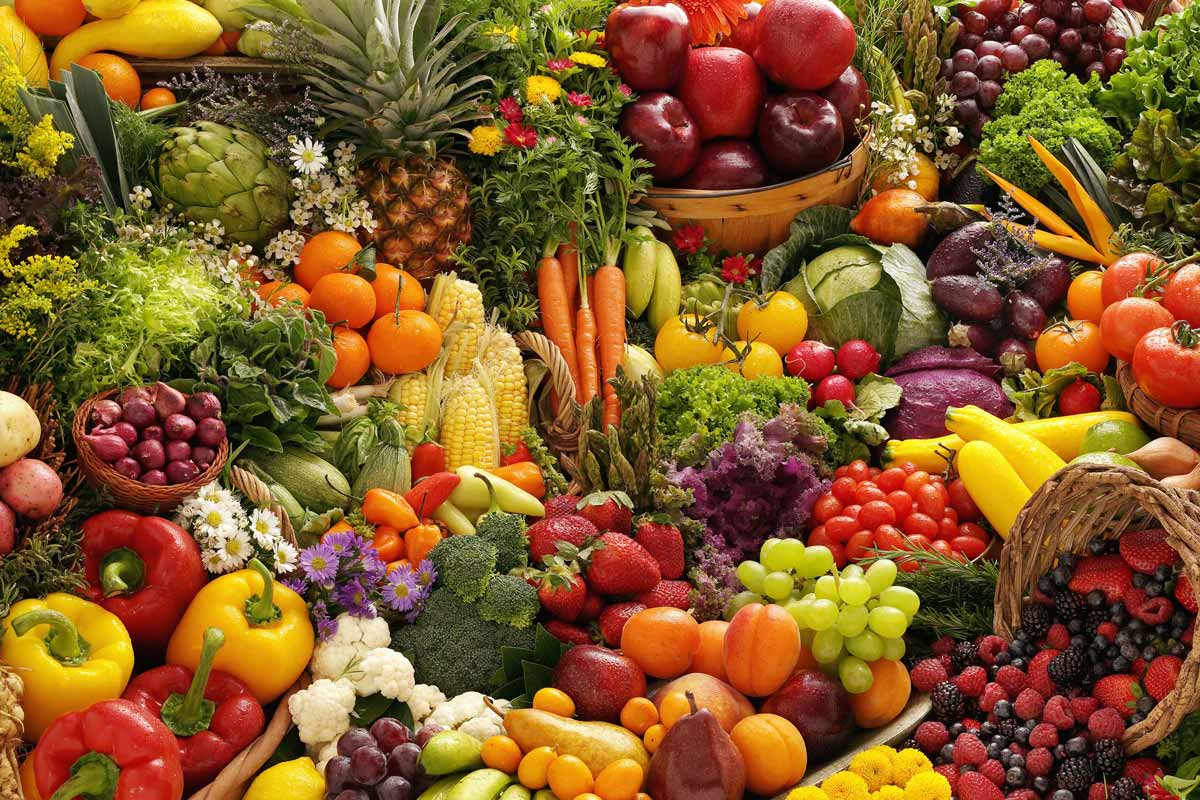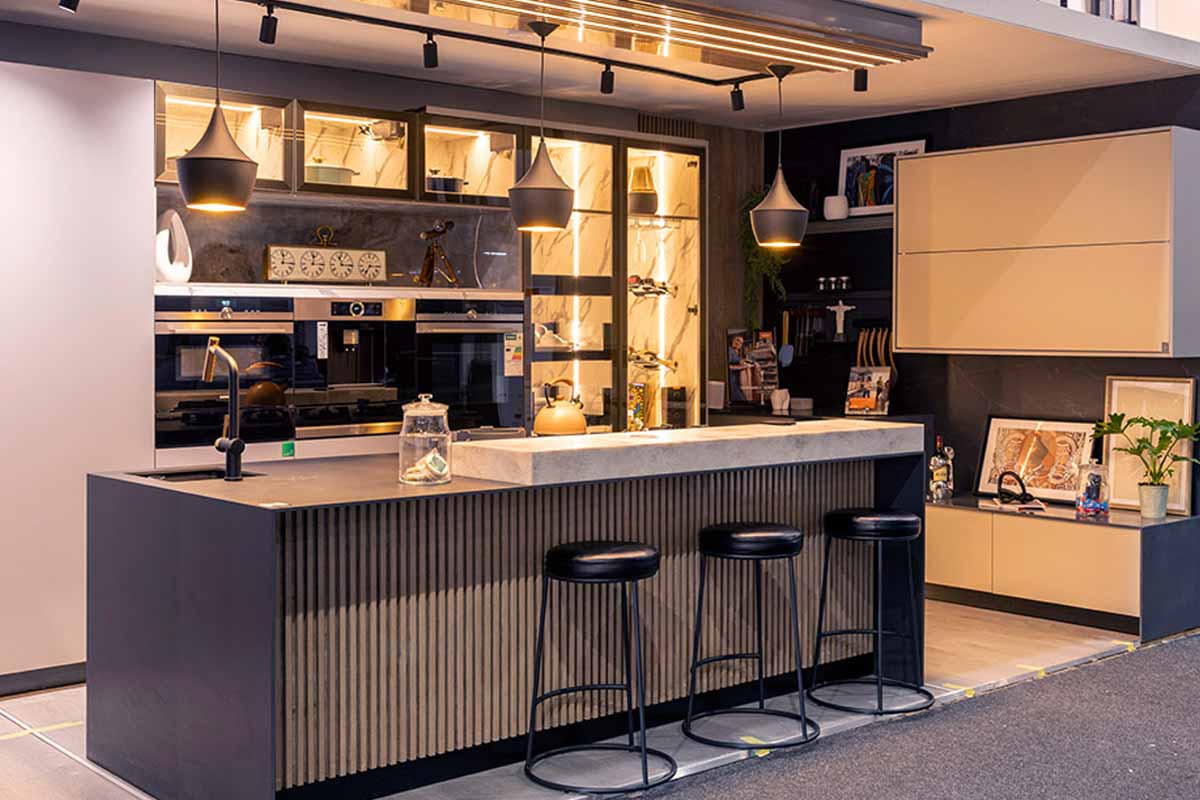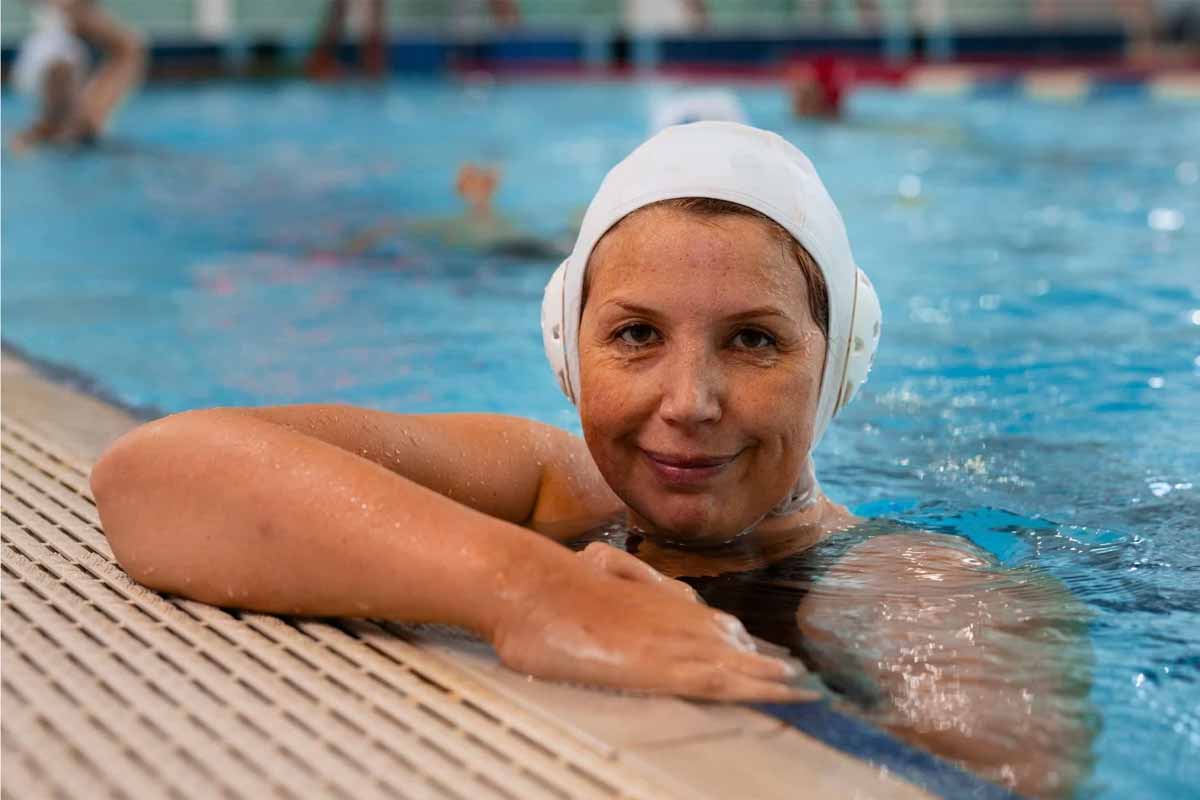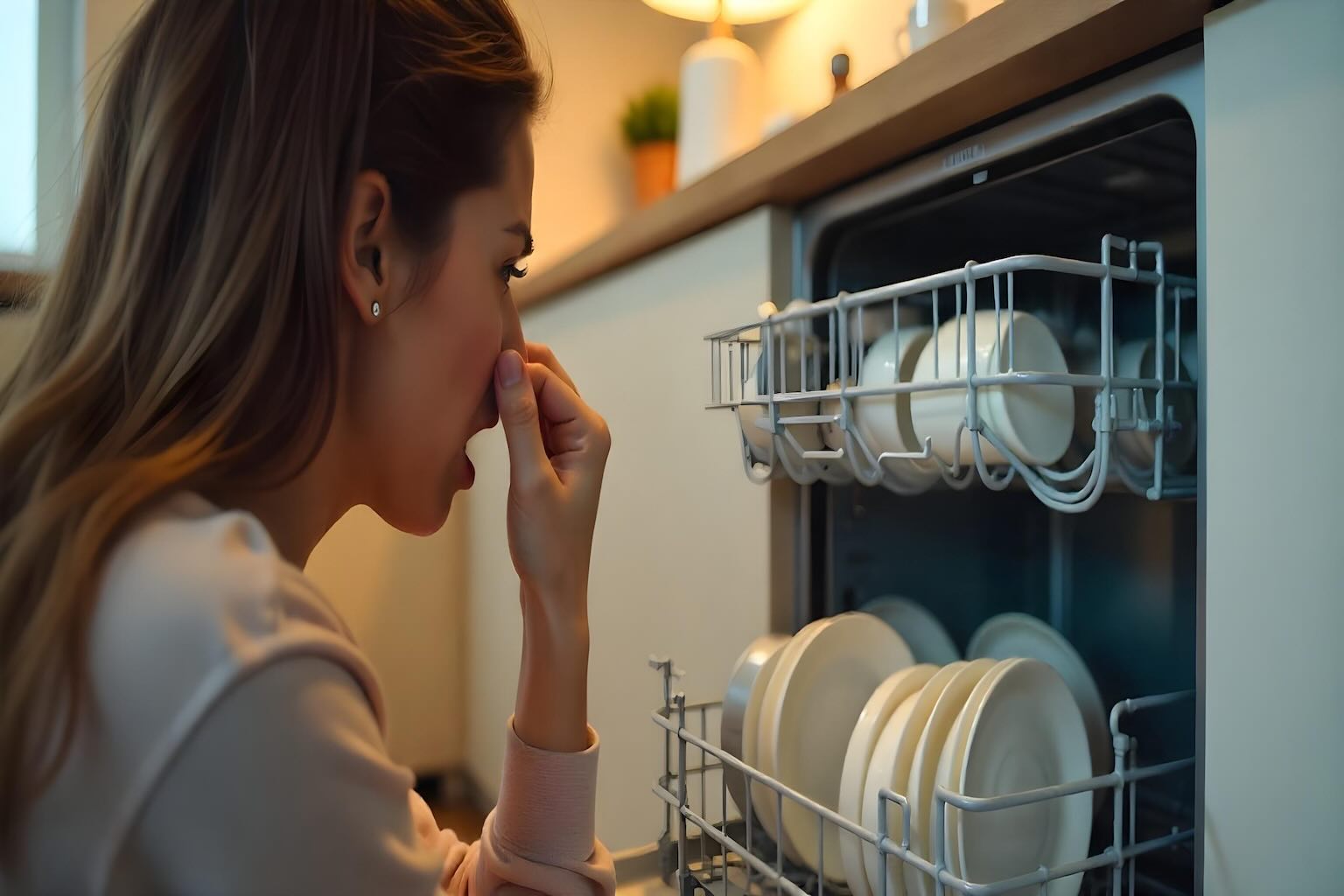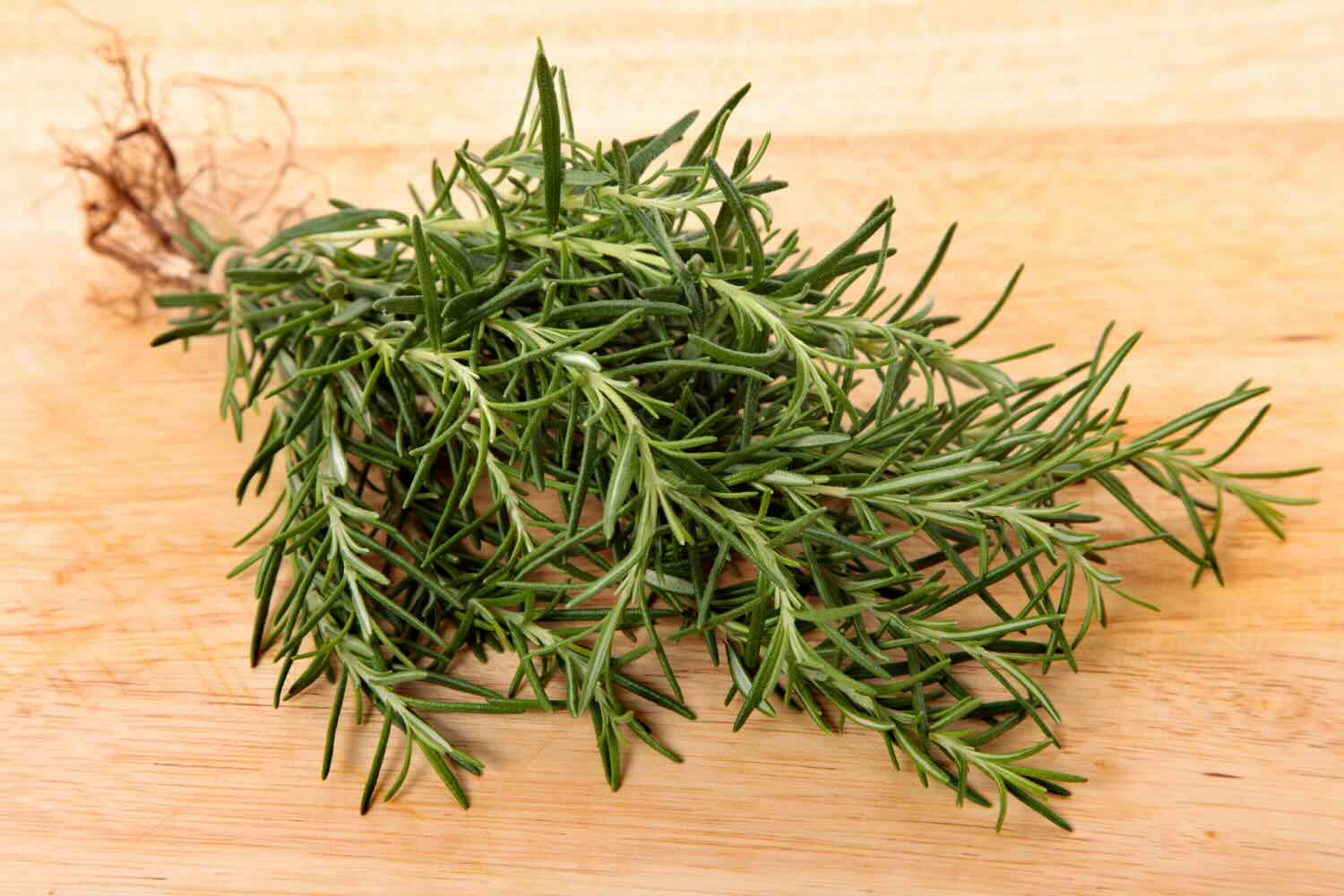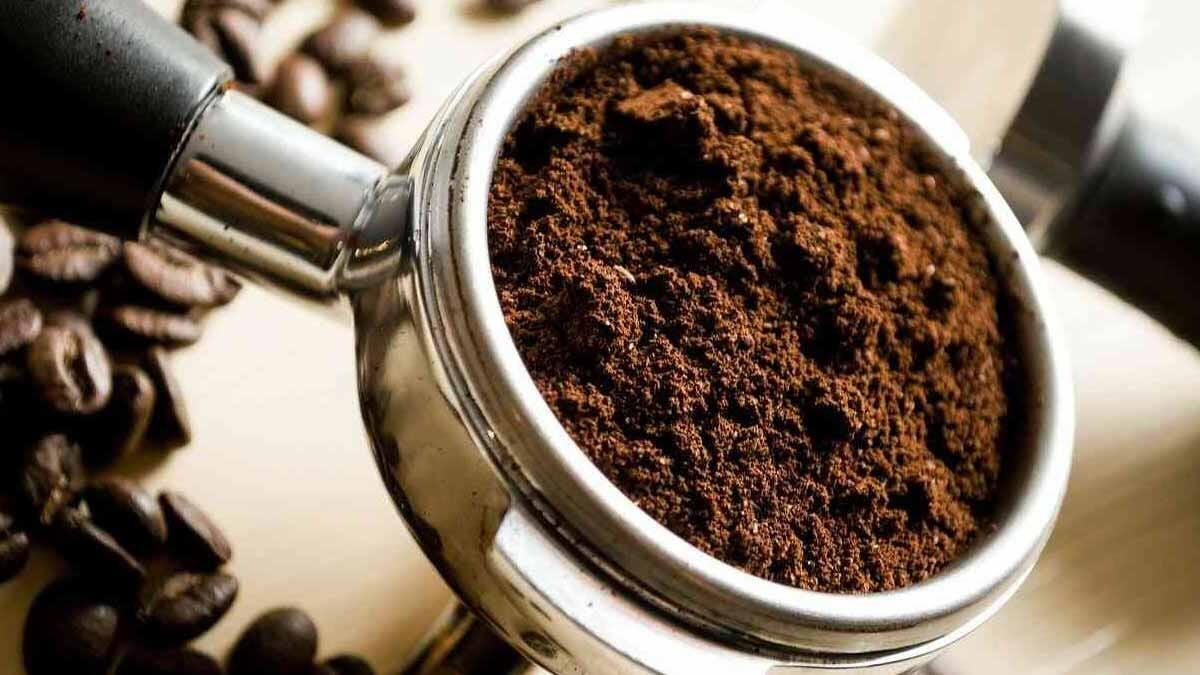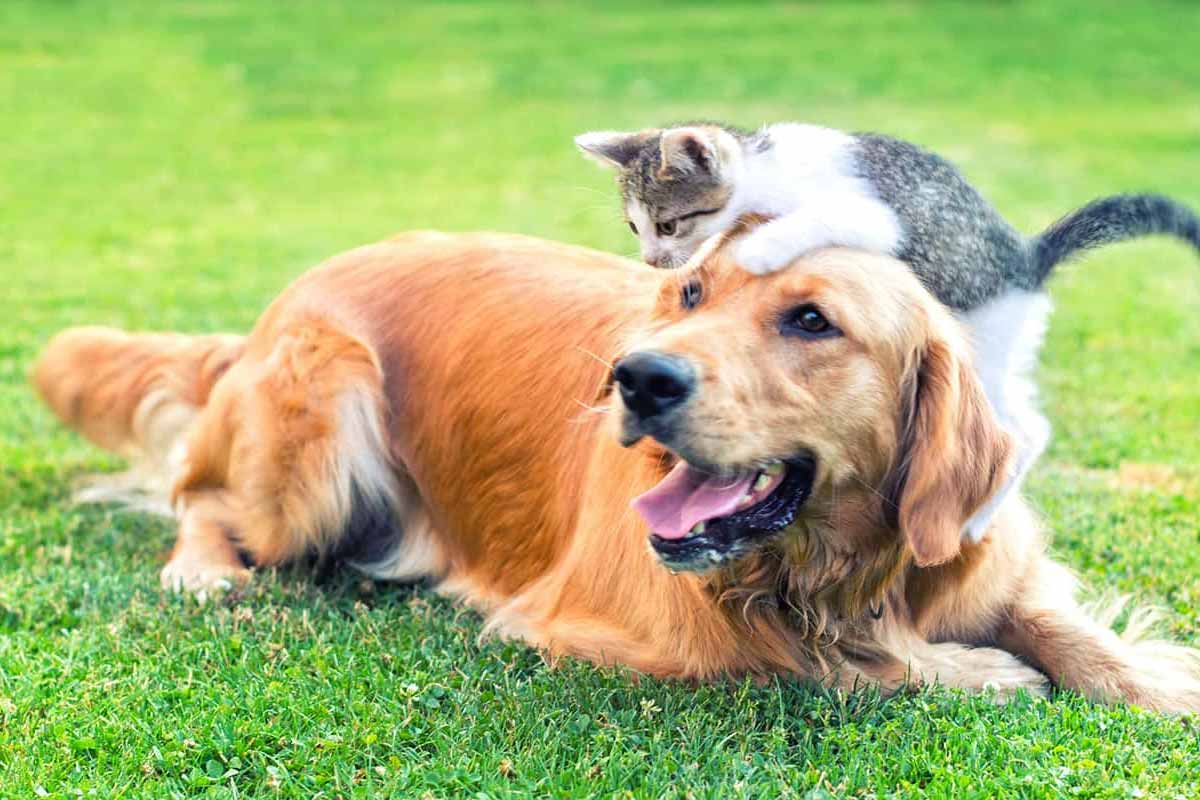Staying cool gets tricky after 60, and thirst often arrives late. That’s why choosing the right beverage matters when the heat builds and energy dips. Hydration supports comfort, balance, and clear thinking, while light flavors make sipping easier all day. Cold coffee, tea, and gentle plant infusions offer taste without heaviness, so seniors drink more, feel better, and avoid common warm-weather setbacks.
Why hydration demands extra care after 60 ?
Neither squats nor jumps: the best water workout for seniors over 65 to boost strength and stability
Natural fluid reserves shrink with age, and the body signals thirst less. Sweat and urine losses add up, especially during hot spells, so daily intake should rise. A familiar beverage lowers resistance to sipping, because taste nudges habit. When drinking feels simple, hydration becomes routine, not a chore.
Even mild dehydration strains the system. Circulation works harder, temperature control falters, and lightheaded spells appear. Muscles tire sooner, and walking feels less steady. Because heat lingers indoors too, small glasses spaced through the day help more than rare big gulps. Chilled drinks make compliance painless.
Comfort also comes from predictability. Keep a pitcher in the fridge, glasses near favorite chairs, and ice ready. Tweak flavors with lemon, mint, or orange slices for aroma without sugar. A steady setup removes friction, encourages small refills, and maintains body comfort while the weather stays hot.
How a cold beverage boosts daily fluid intake
Cold options refresh without overload. Iced coffee and chilled teas are mostly water, so volume climbs without extra calories. Their smooth taste encourages frequent sips, which matters because many seniors forget to drink. When flavor stays light, the glass empties faster, and the next refill happens sooner.
These drinks are practical. They sit well in heat, store easily, and pour fast. Cold brew coffee feels gentle, since long steeping softens bitterness. Green or black tea brings a light lift, while caffeine-free infusions suit evenings. Because choices vary, the day never feels monotonous, and fluid targets look realistic.
Preparation sets the tone. Brew, cool, and refrigerate in the morning. Use a tall glass, add ice, and keep slices of lemon or fresh mint handy. When every detail invites a sip, output rises. The routine stays simple, flexible, and friendly to different tastes, which keeps hydration on track.
Practical ideas for safe, simple cold infusions
Cold brew coffee is easy. Mix grounds with cold water, steep for hours, strain, and chill. The result feels smooth yet lively. Add milk if desired, or keep it black for fewer calories. Because the drink is water-forward, it helps daily intake without heavy sugar, while taste still feels satisfying.
Cooled tea functions equally effectively. Steep black, green, or botanical varieties, allow temperature reduction, and transfer to refrigeration. Include frozen cubes during service to maintain taste sharpness. Citrus peel enhances fragrance; fresh botanicals provide. Since each batch lasts the day, refills happen naturally. This rhythm prevents afternoon dips.
Infusions can be hands-off. Drop tea bags into cold water and steep overnight for gentle flavor. Strain in the morning, pour over ice, and enjoy. A favorite cup near the sink prompts quick refills. Because this routine feels friendly, a balanced beverage choice becomes second nature during long, hot weeks.
Numbers, risks, and choosing the right beverage
Hydration protects temperature control, helps blood pressure stay steady, and supports thinking. When fluids run low, problems stack up. Urinary tract infections, fatigue, constipation, low blood pressure, headaches, and confusion. Dry mouth can worsen swallowing and oral health, and in severe cases raises aspiration pneumonia risk. Regular sipping prevents these cascading issues.
Chilled coffee, tea, and plant infusions are low in calories, so intake rises without added sugar. They are water-based, easy to prepare, and pleasant in heat. Because flavors stay mild, seniors often drink more, which reduces strain. Comfort improves while digestion, attention, and daily energy feel more stable.
Balance still matters. Sensitive sleepers can switch to caffeine-free infusions later in the day. Medications may change tolerance; ask a clinician if unsure. Keep drinks cool but not icy during sensitive moments. Use clear glasses to track volume, and place pitchers in sight. Simple visibility keeps progress steady.
Other hydrating options and when to use them
Water remains central, yet variety helps. Fruit juices hydrate fast and supply nutrients, though portions should stay modest to limit sugar. Mineral drinks replace electrolytes after heavy sweat, because sodium and potassium aid recovery. During very hot days, this support restores balance and steadies posture after activity.
Low-sugar sports drinks can help after outdoor chores or walks, especially with medical guidance. Choose versions with restrained sugar and clear electrolytes. Light soft drinks, zero or low-calorie, increase volume thanks to high water content. Because fizz may bother some stomachs, small servings work better, and timing matters.
Alcoholic drinks dehydrate, and sugary sodas push blood sugar swings, so cold infusions are smarter. A rotating plan keeps interest high. Morning coffee, midday tea and evening herbal. This pattern builds an easy habit. Because the routine is pleasant, a refreshing beverage gets finished, and hydration stays reliable.
A simple plan to stay cool, safe, and steady
Build a flexible routine that fits taste, schedule, and comfort. Prep a pitcher each morning, keep ice nearby, and set flavor add-ins within reach. Track a few small glasses per hour, then adjust on hotter days. With a favorite beverage ready, drinking feels effortless, energy lasts, and summer demands ease up.
